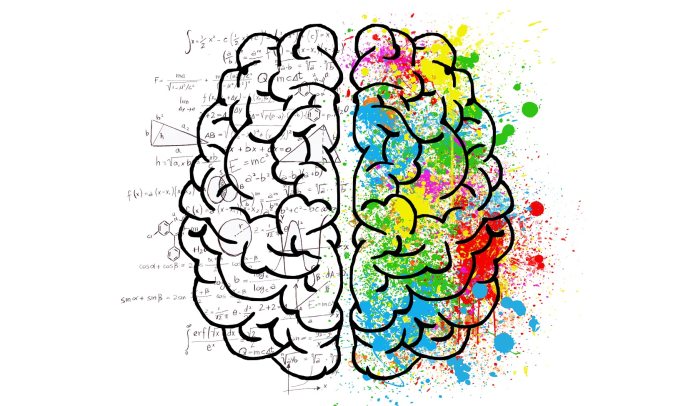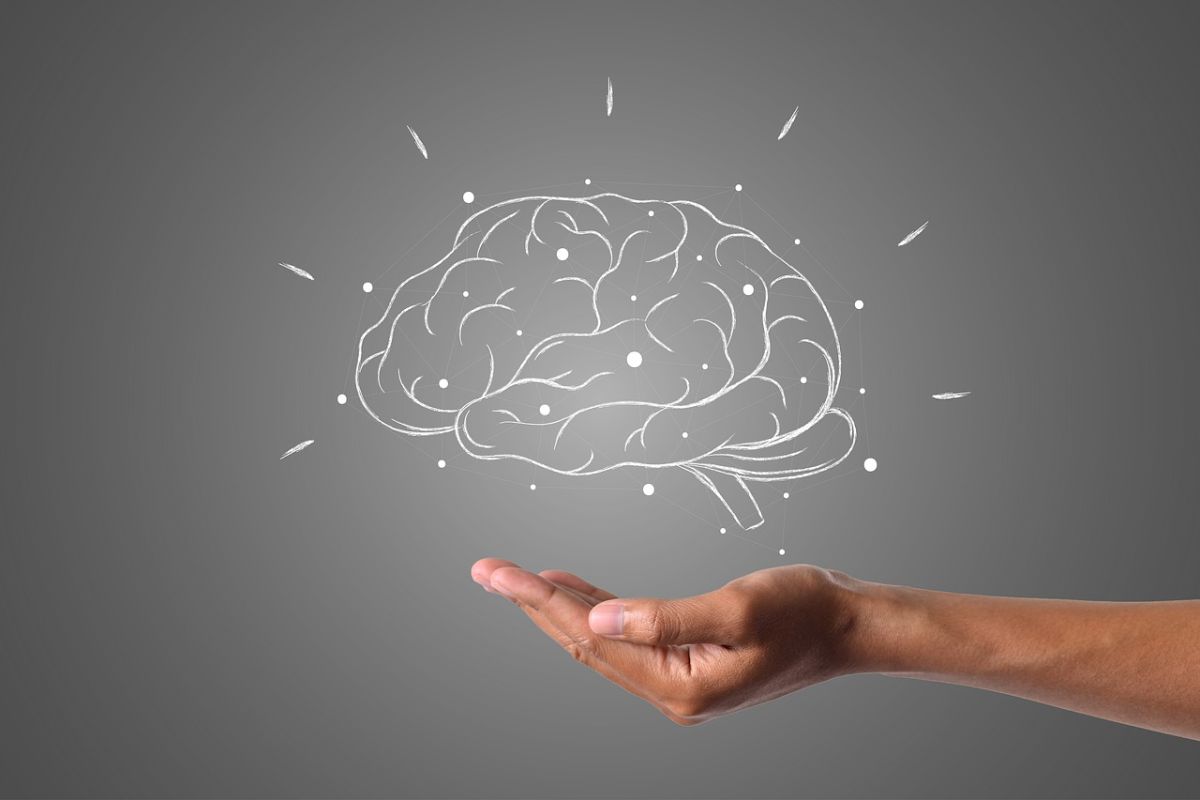Addiction is an intensely terrifying experience because drugs directly impact the very way in which our brains function. Understanding the neural impact of drugs is crucial to recovery. Also understanding addiction as a disease is imperative to the recovery model. The two are inextricably linked, proving the brain to be an incredible force to be reckoned with.

So, how do drugs hijack the brain so powerfully?
They do this by mimicking neurotransmitters, the chemicals in the brain that signal everything from desire to hunger. When the brain becomes accustomed to the presence of a certain substance, it stops producing the related neurotransmitters. During the time of the high, this can be absolutely exhilarating. When the user comes down, though, the brain struggles to restabilize. This struggle is the very essence of withdrawal and the reason why many users plunge straight into addiction.
There are several areas of the brain that are most affected by drugs. One area affected by drugs is the cerebral cortex. This area of the brain controls higher level cognitive functions, and drugs can decrease one’s higher level cognition. When higher level functioning is impaired, cognitive processes such as decision-making and critical thinking are lost.
The limbic system can also be affected by drug abuse. This can result in a lack of emotional control. During the high, this lack of emotional control is exactly what the user seeks. An uncapped amount of pleasure that is otherwise outside the normal range of emotion is the epitome of the perfect high. When the drug is removed, or simple has run out, the brain then plummets to an unchecked low that is downright unbearable.
Finally, the brainstem is also affected. This can be dangerous as the brainstem is responsible for one’s vital signs, such as respiration and heart rate. Cocaine and ecstasy can bring the heart rate and breathing to dangerous highs while drugs such as heroin or oxy can cause the heart rate and breathing to drop to dangerous lows.
Many drugs hijack the brain’s pleasure centers by altering levels of dopamine in the body. This causes the individual to habitually seek out the drug. Each time that these neural pathways are activated by addictive drugs, an individual becomes even more seriously addicted to the substance.
Naturally, this entire process causes anhedonia (or a lack of pleasure) when the individual doesn’t use the drug. In fact, it can be hard to activate these pathways at all without the drug. Here are several examples of addictive drugs that affect the brain:
Alcohol
Alcohol is a depressant, and it bonds to the brain’s GABA receptors. GABA is a neurotransmitter that plays a crucial role in the Central Nervous System (CNS), which is responsible for all of our basic bodily functions. In effect, GABA interferes with neural signaling when necessary so that the CNS is never too overwhelmed with incoming signals. In a normal brain, this is vital.
When large amounts of alcohol are consumed on a daily basis, the brain produces less GABA naturally. When an individual stops consuming large amounts of alcohol, the CNS becomes over-excited because there is no GABA available to slow down signaling.
The excitation of neurons caused by alcohol withdrawal can result in brain cell death. This can lead to lasting problems with cognition. As a result, alcoholism can cause a severe neurological syndrome called WernickeŌĆōKorsakoff Syndrome.
Alcoholism can also cause reduced levels of vitamin b1. This vitamin deficiency can be cause neurological dysfunction. The syndrome can result in symptoms of psychosis, and it is difficult for physicians to diagnose. In fact, only 20% of cases are identified before the patient dies. Also, permanent brain damage is common in individuals who suffer from this neurological syndrome.
Opiates
The body naturally produces opiate-like chemicals. In a normal brain, opioids work to interfere with pain signals throughout the body. Our entire body is covered in opioid receptors, meaning that virtually all parts of the body are affected by opioid use. Small amounts are essential for surviving basic pains like stubbing your toe or touching a hot plate. Massive amounts, as is the case with drug abuse, can cause an extremely pleasurable high.
The problem?
It is incredibly addictive. Only a short amount of time is needed for an addiction to develop with opiate abuse. When the body stops regulating its own pain and relies on opiates for pain regulation, addiction has taken hold of the body.
Methamphetamines
Methamphetamine is a stimulant and mimics the ŌĆ£pleasureŌĆØ neurotransmitters dopamine. It is so powerful that it convinces the brain to stop producing its own dopamine within the first use. This may not lead to immediate addiction but it does cause a painful and depressive comedown. This can result in sluggishness, lack of motivation, and depression.
As you can imagine, with continued use this can seriously affect the brainŌĆÖs ability to produce dopamine at all in the future. The depression caused by meth withdrawal is often treatment resistant due to the drug’s powerful effects on the brain.
Cocaine/Crack
Cocaine is a strong stimulant and, like methamphetamines,┬Ā it has strong effects on the brain’s dopamine system. With cocaine use, the brain becomes flooded with dopamine so that an intensely pleasurable high is felt. Within a short time, the brain depends on cocaine in order to receive its healthy dose of dopamine. When the drug is not taken, the brain is unable to produce its own dopamine to compensate for the missing drug. This results in intense cravings for the drug and it can make it difficult for the addict to experience pleasurable emotions without the drug.
Benzodiazepines
Benzodiazepines are prescription drugs that are commonly abused in middle class households all over the world. They have a strong depressant effect on the Central Nervous System (CNS). Like alcohol, benzos mimic GABA neurotransmitters, which are responsible for reducing neural signaling. In a normal brain, this is necessary so that the CNS does not receive too much input from outer stimuli. In the case of drug abuse, though, this can result in a complete shutout of outer stimuli so that the high is more like a zombie-like trance.
When one abruptly stops using the drug, the brain no longer has enough of this neurotransmitter. The CNS can become over-excited without any neurotransmitter there to slow the input of signals.
Withdrawal from benzodiazepines can be exceptionally serious. The effects of withdrawal from benzodiazepines can result in neurological problems that can be fatal. Seizures are common. In addition, anxiety is a common effect of the central nervous system over-excitation.
Cannabis
The extent to which cannabis causes lasting effects on neurotransmitters is debated. However, it appears that cannabis can cause impacts on the developing brain. When an individual’s brain is still developing, it can slow brain development.
With cannabis use, the active chemical, THC, binds to the anandamide receptors in the brain. When cannabis is consumed on a regular basis, the brain stops producing as much of this neurotransmitter naturally. After one stops using cannabis, there is often a period where an individual feels somewhat irritable, blunted, and lacks energy or motivation.



Leave a Reply